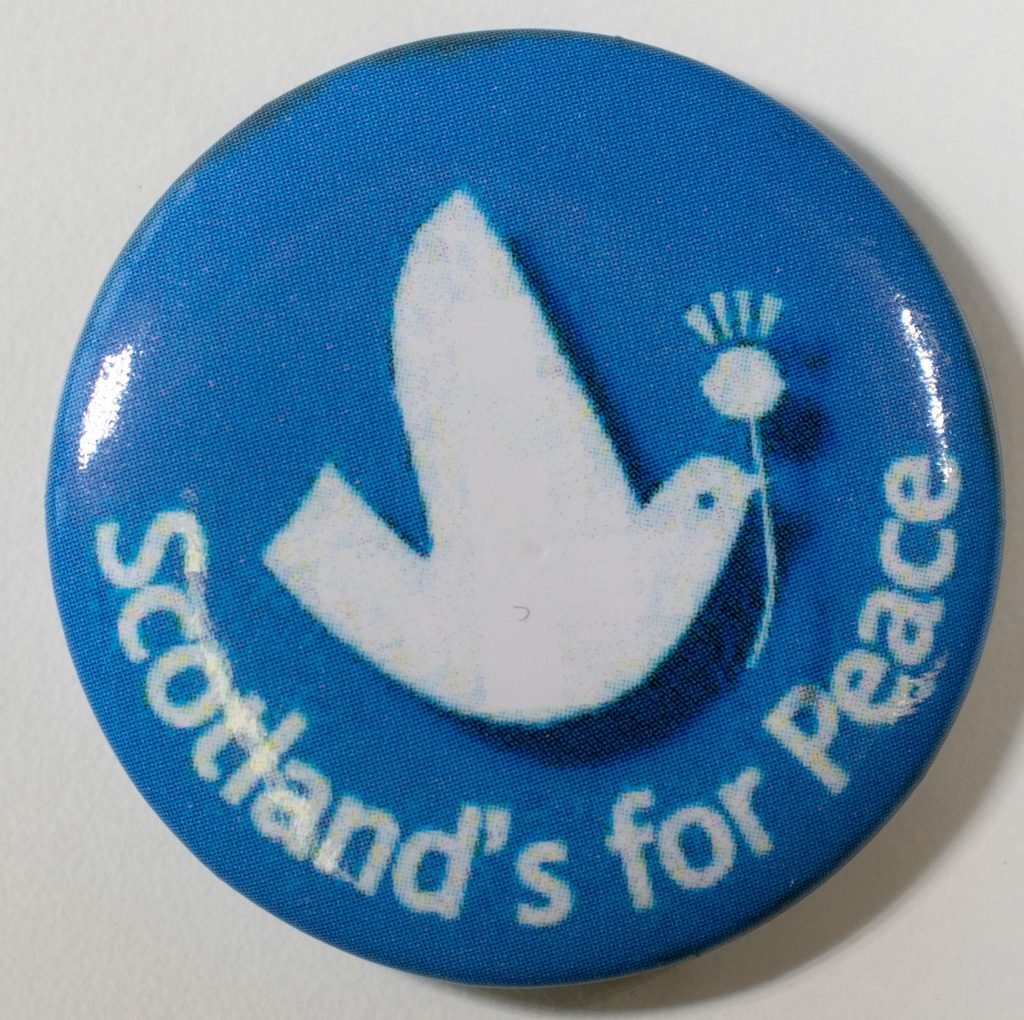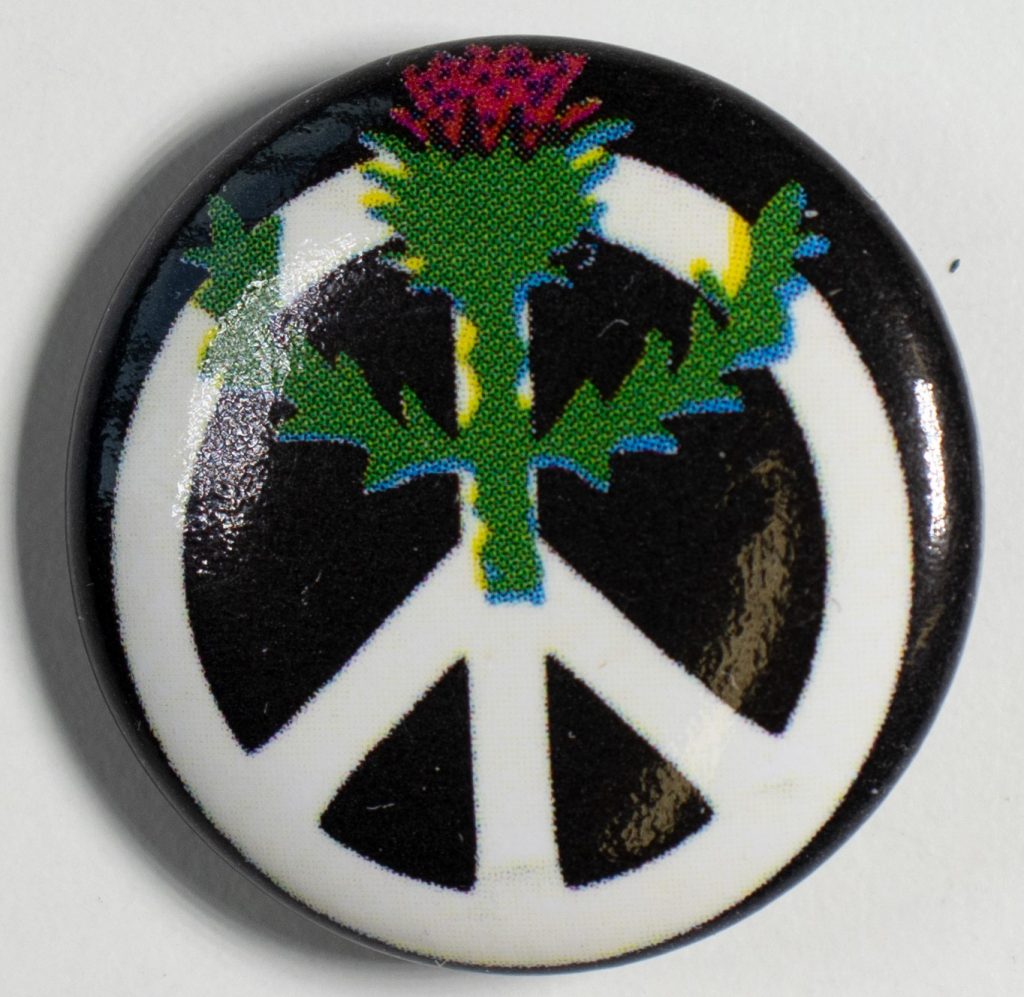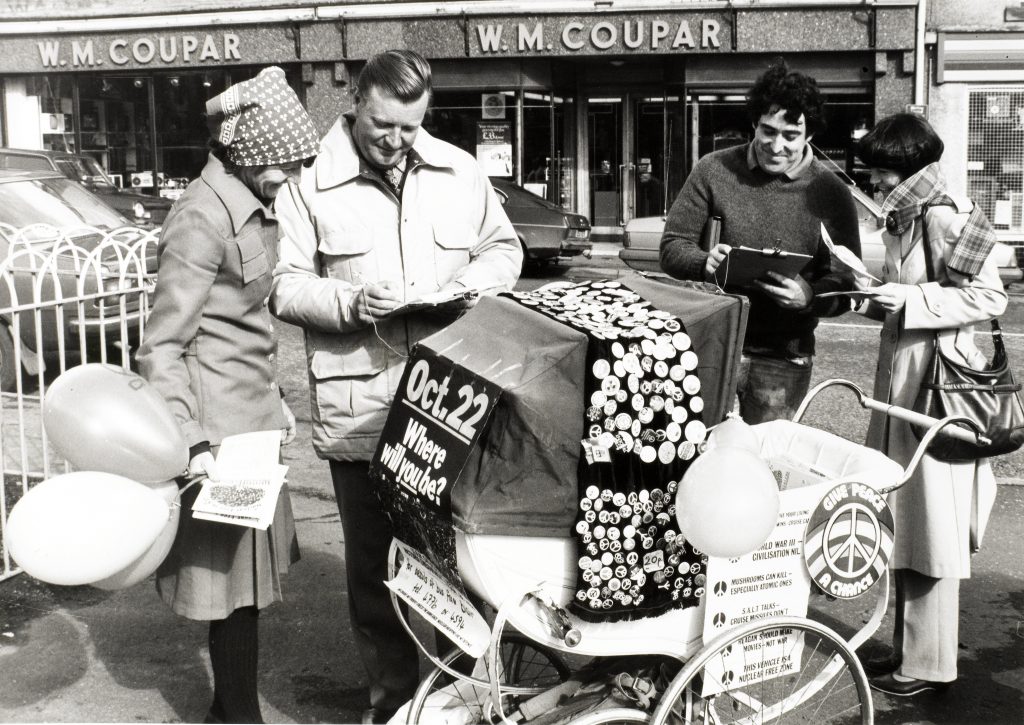By Sarah Harper
In early April, Northumbria University Newcastle hosted the Researching War through Ephemera conference, welcoming international speakers and attendees. This conference was the concluding event of a three-year Arts Humanities Research Council funded project ‘Ephemera and writing about war in Britain, 1914 to the present’ led by Dr Ann-Marie Einhaus, Professor Tony Williams, May Sumbwanyambe and Professor Catriona Pennell.
The conference encouraged speakers to share the role of ephemera in their research into any aspect of war. The range of topics and periods discussed was impressive, with notable commonalities between many in their approach and response to ephemera in their work.
The day started with a keynote presentation from Dr Tom Smith (University of St Andrews) who considered ‘Queer and Trans Traces in Ephemera from East Germany’s Cold War military’. Smith utilised archival documentation and ephemera relating to the Nationale Volksarmee (NVA) to discuss using conventional sources in unconventional ways. Often evidence of queerness such as gestures, gossip, and performance were fleeting and difficult to archive leading to Smith explore the silences in these collections and what this can tell us.
The first session of papers considered ‘Ephemeral lenses on the First World War’ with speakers focussing on personal communications such as letters, postcards, novels and life writing which offered unique perspectives of the period.

The second set of papers explored ‘Ephemeral archives of conflict’ where speakers focussed on museum and archival collections such as early 20th century autograph books and cigarette paraphernalia to highlight difference experiences of war. My paper on ‘Cold War Scotland through peace ephemera’ featured in this session. I shared my research on the wide range of Campaign for Nuclear Disarmament ephemera held by National Museums Scotland and demonstrated how these items reflect the Scottish experiences of anti-nuclear protesting and peace campaigning during the Cold War. I shared the biography of the rattle-bottle gifted to the collection donor, Kristin Barrett, while on the Peace March Scotland to show how the authenticity of these ‘Cold War’ ephemeral objects were influenced by various people and places at different times.

Dr Susan Grayzel (Utah State University) gave the concluding keynote speech of the day titled ‘Hiding in Plain Sight: Engaging with the Ephemera of Twentieth Century War’. Grayzel brought together key themes of the day such as the limits of the archival record, the links between personal histories and ephemera, and made the point ‘war is saturated with stuff’ which often have long afterlives. We heard about the National Endowment for the Humanities funded Bringing War Home project which Grayzel has been leading with anthropologist Molly Cannon. This project aims to provide resources to allow veterans and their families to understand the stories behind things brought home from war and record these stories in a digital archive.
This conference emphasised that objects and ephemera highlight the networks of people and places associated with them but can also act as tools for generating forgotten memories. This is a key consideration for the Cold War Scotland exhibition as we hope the objects we display will be used as conduits for memory for our visitors and encourage them to consider their perhaps previously unknown connections to the Cold War.

National Museums Scotland and other museums have benefitted from the foresight of donors and curators in preserving ephemeral items, which were not originally destined for longevity but instead were saved and attributed significance and meaning. Furthermore, the items that were not preserved and that are now gaps in museum collections is also very telling about where value was assigned to items in the past.
Finally, as this conference demonstrated, there is a wide range of researchers who recognise the richness of these artefacts in exploring aspects of war, often in a new light and highlighting forgotten or under-represented human stories. As people who were involved in past conflicts slowly disappear, the objects and ephemera left behind become ever more important in telling their stories.